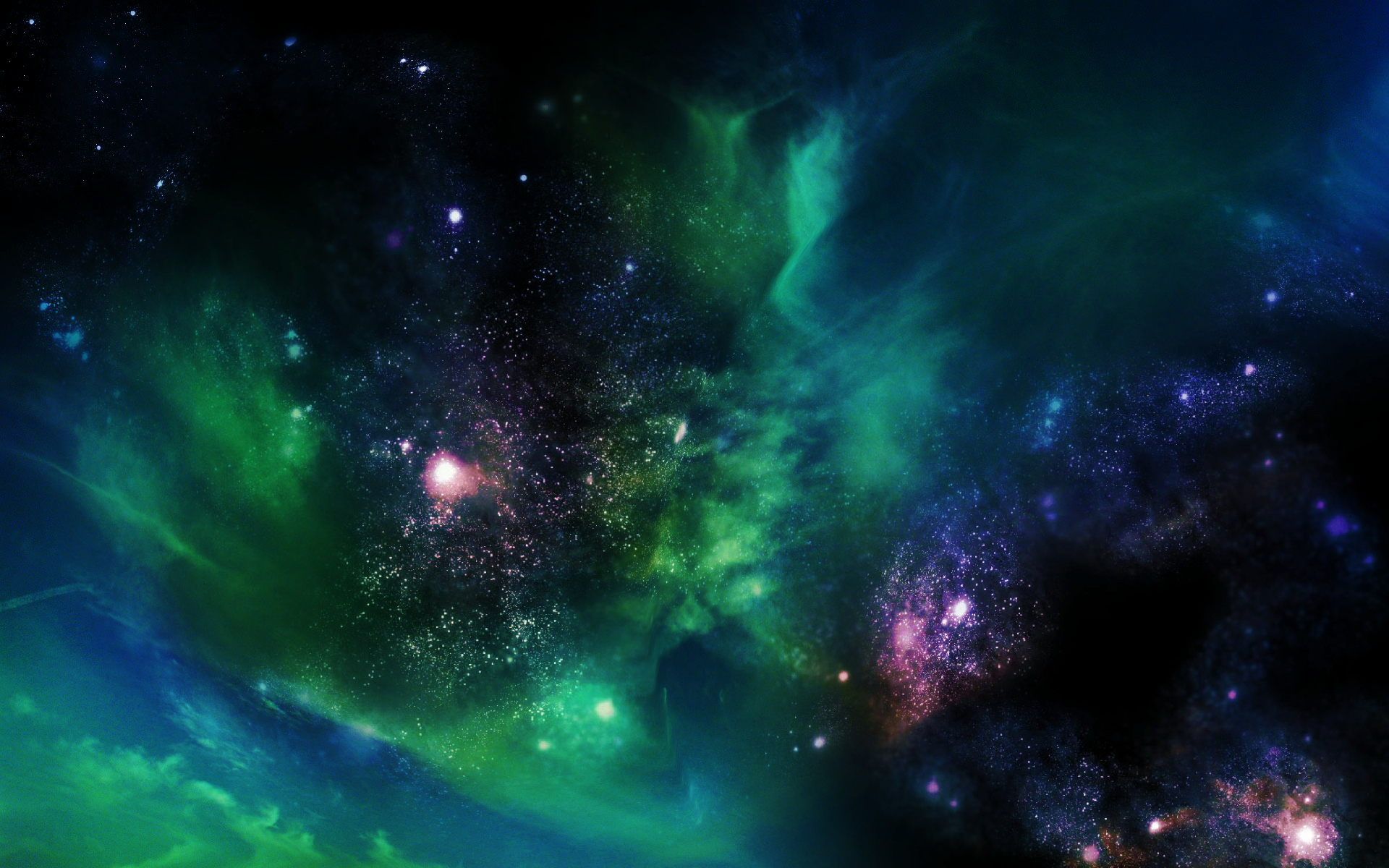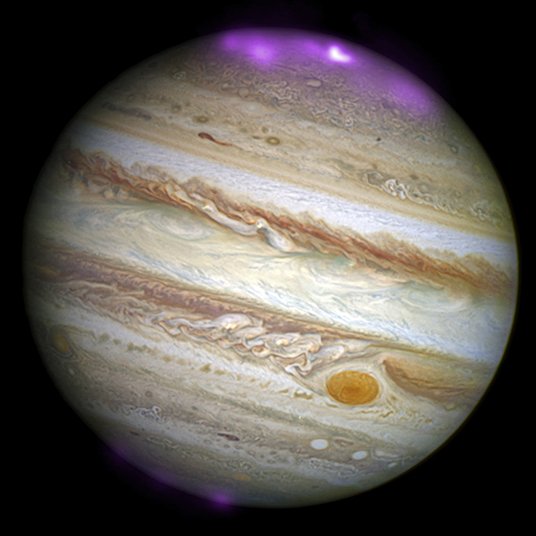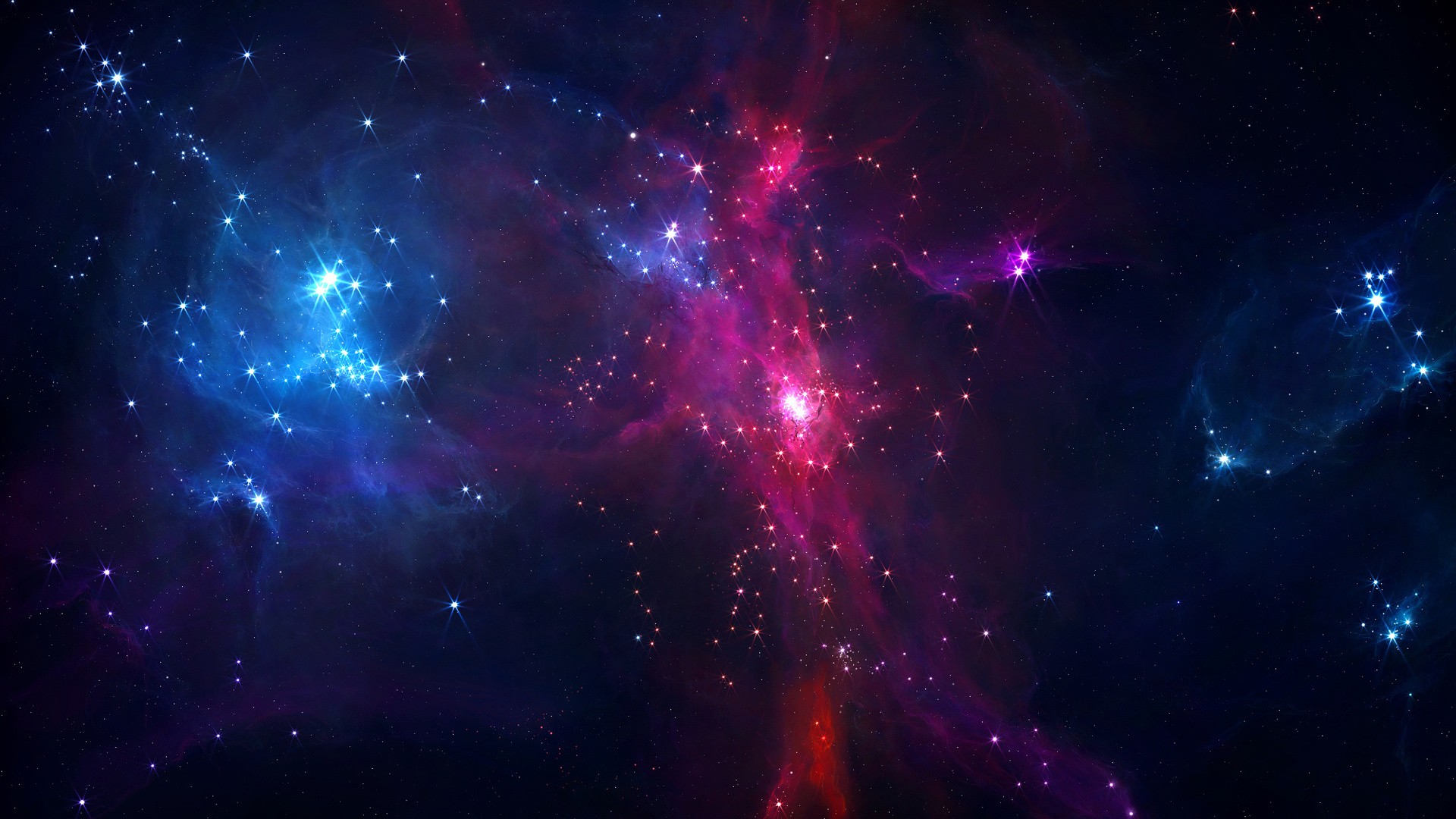
A new analysis of data from NASA's Dawn mission suggests that organic matter may exist in surprisingly high concentrations on the dwarf planet's surface.

The finding has significant implications for whether life once existed on Mars.

Starting in early June, Dawn will begin collecting gamma ray and neutron spectra to better understand the composition of the topmost rock and soil layers while taking high-resolution photographs of dwarf planet Ceres.

The new clue to Planet Nine's existence was spotted in data from the Dark Energy Survey. The new object we can see and observe is called 2015 BP519, and looks like it could be as big as Pluto itself.

A new study presents the first physical evidence that the Venus’ and Jupiter’s gravity can cause shifts in Earth’s orbit—and swings in its climate—every 405,000 years.

NASA’s robotic lander InSight officially started its journey to Mars following a successful predawn launch aboard an Atlas V rocket Saturday morning. The launch took place at 4:05am local time from California.

The ExoMars Trace Gas Orbiter has released the first images from its new orbit, taken on April 15 from 400 kilometers above the Martian surface.

A planetary scientist has used careful mathematical calculations to determine the density of Mercury's crust, which is thinner than anyone thought.
In this animation the viewer is taken low over Jupiter’s north pole to illustrate the 3-D aspects of the region’s central cyclone and the eight cyclones that encircle it.

At the north pole of Jupiter eight storms are arranged around a single polar cyclone. In the south, one storm is encircled by five others.

Researchers have identified eight, massive sheets of ice just below the Martian surface, and they appear to be relatively young deposits.

MIT team designed an environmentally friendly city for the red planet that mimics a forest, with solar-powered dome tree habitats connected with roots, or tunnels.

NASA has launched a fleet of missions to study the planets in our solar system -- many of which have sent back crucial information about magnetospheres.

Scientists have detected a powerful X-ray aurora hotspot near Jupiter's south pole and it does not behave how they expected.

A mysterious signature in a region of the Red Planet where planetary scientists figure ice shouldn't exist.